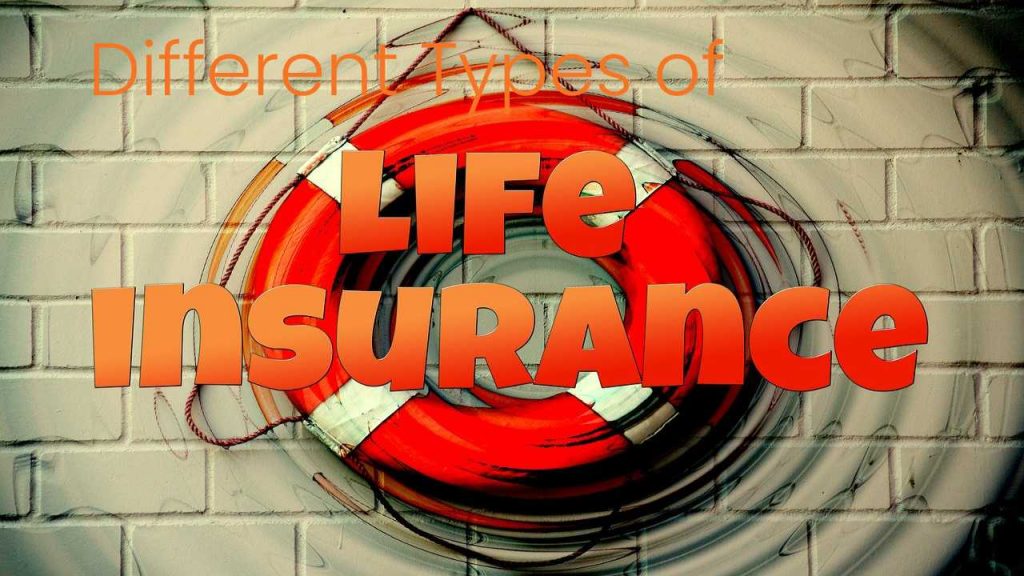You have several options when it comes to buying life insurance. When you’re looking for a policy, you should remember that the two main types are whole life and term life. Term insurance only lasts for a specific time, expiring at the end of the policy. Full insurance is a type of permanent coverage. Most plans fall into one of these two categories. Each one has its benefits and drawbacks.

When applying for coverage, you usually must get a medical exam so the company can set your premium rate. However, this is not required with a simplified issue life insurance. While you don’t need a medical exam, you’ll still need to fill out a series of questions about your health. You will want to do some research on modified endowment contracts (MECs) when getting coverage. MECs let you leave a larger amount, tax-free, to your heirs, but you will need to understand the rules of the contracts.
Table of Contents
Term vs. Whole Insurance
If you pass away before your term policy ends, your designated beneficiary will get a death benefit. This is considered one of the simplest policies. When you make your payments or premiums, you’re paying the death benefit that your beneficiaries will receive. The death benefit can be a monthly payment, lump sum, or annuity. However, most people choose to receive a lump sum. One of the benefits is that it is generally more affordable than other types of coverage. Full insurance does not have an expiration date. It still has a death benefit, but it also has a cash value. The policy includes a tax-deferred savings account. The value will increase at a certain predetermined rate. Every month, part of the premium will go toward the policy’s cash value. Over time, its worth will grow.
Universal Insurance
A universal policy has a cash value as well, and the premiums go toward both the death benefit and the cash value. However, the death benefit and premium can both be changed without getting a new policy. Even though the minimum premium keeps the policy effective, you can pay the premium with its cash value. Thus, if the cash value has enough money, you can entirely skip payments, allowing your accrued interest to do the work. However, the interest rate is sensitive to current market rates.
Variable Insurance
This type also has a cash value, which comes in the form of a savings account. While the growth may be smaller compared to other options, the minimum is guaranteed. The policy also has dividend payments from the company. You can think of this type of coverage as being like investing. The money you pay goes into sub-accounts, where it will continue to grow. However, depending on the market, you may also lose money. Variable policies are better investments than whole-life ones because you have the potential for higher growth. But you must use your policy for investing in the sub-accounts. You do not have the option of choosing which types of mutual funds to invest in.
Simplified Issue Life Insurance
When applying for coverage, you usually must get a medical exam so the company can set your premium rate. However, this is not required with a simplified issue life insurance. While you don’t need a medical exam, you’ll still need to fill out a series of questions about your health. You will want to do some research on modified endowment contracts (MECs) when getting coverage. MECs let you leave a larger amount, tax-free, to your heirs, but you will need to understand the rules of the contracts.


